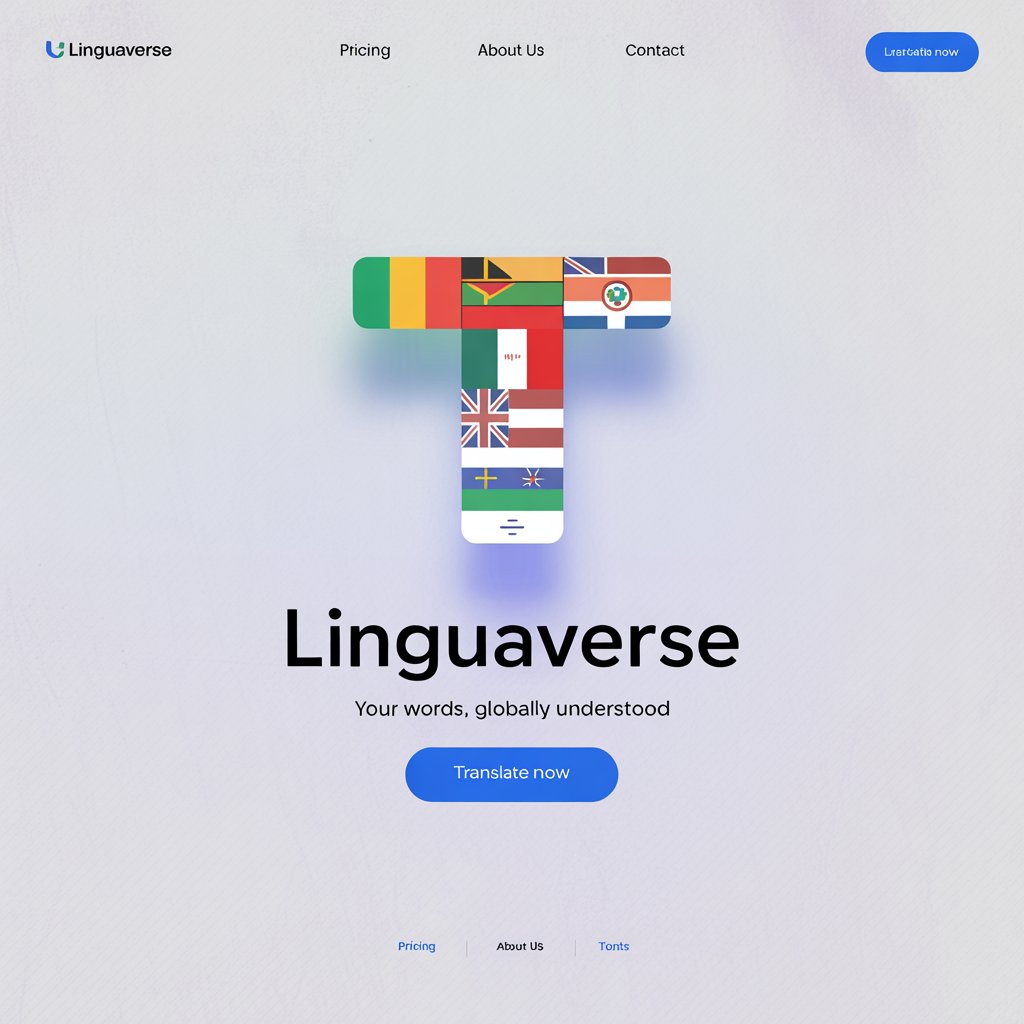Introduction
The first time I said goodbye to my best friend at an airport, the word felt heavier than usual. It wasn’t just a casual “see you later” tossed over my shoulder—it was a moment steeped in emotion, a promise to reconnect despite the distance. That single word, “bye,” carried the weight of our shared memories and the uncertainty of when we’d meet again. Across the globe, people say goodbye in countless ways, each phrase infused with cultural nuances, histories, and emotions. Yet, no matter the language, the act of parting unites us all in a universal human experience—a bittersweet acknowledgment of connection and separation. In this blog post, we’ll explore how different cultures and languages express this poignant moment, revealing the beauty and diversity of saying goodbye.
Reference Table: Saying Goodbye in Different Languages
Below is a table showcasing how “goodbye” is expressed in 15 languages, along with brief cultural or linguistic insights.
| Language | Word/Phrase for Goodbye | Cultural/Linguistic Insight |
| French | Au revoir | Literally “until we see each other again,” it reflects French optimism for future meetings. |
| Spanish | Adiós | Used in formal or permanent farewells, it stems from “to God,” entrusting the other to divine care. |
| Italian | Ciao | A versatile word used for both hello and goodbye, it’s informal and reflects Italian warmth. |
| German | Tschüss | A casual farewell, often used in northern Germany, with a friendly, upbeat tone. |
| Mandarin | Zàijiàn | Meaning “see you again,” it emphasizes hope for future encounters in Chinese culture. |
| Hindi | Alvida | A formal goodbye, often used for significant or permanent partings in Indian culture. |
| Japanese | Ja ne | An informal “see you,” used among friends, reflecting Japan’s context-dependent politeness. |
| Korean | Annyeong | Used for both hello and goodbye, it’s a casual farewell in everyday Korean interactions. |
| Arabic | Ma’a as-salama | Meaning “with peace,” it reflects the Islamic value of wishing safety and peace upon parting. |
| Swahili | Kwa heri | A warm farewell meaning “with goodness,” common across East African communities. |
| Zulu | Sala kahle | Meaning “stay well,” it’s used when leaving someone behind, emphasizing care for their well-being. |
| Yoruba | O dabọ | A simple farewell, often accompanied by respectful gestures in Nigerian Yoruba culture. |
| Maori | Kia ora | While often a greeting, it’s used in farewells to wish well-being in New Zealand’s Maori culture. |
| Hawaiian | Aloha | A multipurpose word for love, hello, and goodbye, embodying Hawaiian warmth and connection. |
| Cherokee | Dona dago | Meaning “until we meet again,” it reflects the Cherokee emphasis on community and reunion. |
European Languages
In Europe, farewells are as diverse as the continent’s history. In French, “au revoir” is a hopeful promise of seeing someone again, often accompanied by a warm smile or a kiss on both cheeks in social settings. The phrase’s elegance mirrors France’s cultural emphasis on connection and civility. In Spanish, “adiós” carries a deeper, almost spiritual weight, derived from entrusting someone to God’s care. It’s often reserved for significant partings, while “hasta luego” (until later) is more common for casual farewells. Italian “ciao” is a chameleon of a word, used for both greetings and goodbyes, its informality reflecting the warmth of Italian social bonds. In German, “tschüss” is a breezy, northern farewell, while “auf Wiedersehen” (until we see again) is more formal, often used in business settings. These variations highlight Europe’s blend of formality and familiarity, shaped by centuries of cultural exchange and regional identities.
Asian Languages
Asia’s linguistic diversity offers a rich tapestry of farewells, each reflecting unique cultural values. In Mandarin, “zàijiàn” (see you again) is a practical yet optimistic farewell, aligning with Chinese emphasis on future connections. In Hindi, “alvida” is a poignant goodbye, often used in emotional or permanent partings, such as when leaving a loved one or a hometown. Japanese farewells like “ja ne” (see you) are highly context-dependent, with polite forms like “shitsurei shimasu” used when leaving a formal setting, reflecting Japan’s nuanced social hierarchy. In Korean, “annyeong” is a versatile, casual farewell, but more formal settings call for “annyeonghaseyo” when departing respectfully. Arabic, spoken across over 20 countries, uses “ma’a as-salama” (with peace), a phrase rooted in Islamic traditions of wishing safety and blessings. From India to the Middle East to East Asia, these farewells reflect a balance of respect, hope, and cultural identity.
African Languages
Africa’s linguistic landscape is vast, with over 2,000 languages, and farewells carry deep cultural significance. In Swahili, spoken in over 20 East African countries, “kwa heri” (with goodness) is a warm, communal farewell, often used in Kenya and Tanzania. Zulu, prevalent in South Africa, uses “sala kahle” (stay well) when leaving someone behind, emphasizing care for those staying. Yoruba, spoken in Nigeria, uses “o dabọ,” a simple yet respectful farewell often paired with gestures like bowing, reflecting Yoruba values of respect and community. In Amharic (Ethiopia), “tchau” (borrowed from Portuguese) is a casual goodbye, while “dehna hun” (be well) is more formal. These phrases, used across diverse African nations, underscore the continent’s emphasis on community, respect, and well-wishing in partings.
Indigenous & Island Languages
Indigenous and island cultures offer unique perspectives on farewells, often tied to community and nature. In Maori (New Zealand), “kia ora” is a versatile term for greeting and farewell, embodying a wish for health and well-being. Hawaiian “aloha,” used across Polynesia, is a profound expression of love, peace, and connection, whether in greeting or parting. Cherokee (North America) uses “dona dago” (until we meet again), reflecting a deep sense of community and hope for reunion. Samoan “tōfā” is a warm farewell, often accompanied by communal blessings in Samoa’s close-knit culture. These languages, spoken in regions from Oceania to the Americas, highlight farewells as acts of connection, rooted in traditions of respect for land, ancestors, and community.
Cultural Insights
The act of saying goodbye has evolved across civilizations, often tied to cultural or religious contexts. In ancient Rome, “vale” (be well) was a standard farewell, reflecting a practical wish for health. In Islamic cultures, “ma’a as-salama” invokes divine protection, a tradition dating back to early Islamic teachings. In Japan, farewells like “shitsurei shimasu” (excuse my leaving) emerged from samurai-era etiquette, emphasizing respect for those remaining. In many African cultures, farewells are communal, often involving blessings or gestures to honor the collective. These phrases aren’t just words—they’re snapshots of history, carrying the weight of tradition, spirituality, and social values that have shaped how we part ways.
Proverbs and Sayings
Goodbyes inspire wisdom across cultures, captured in proverbs and sayings:
- Spanish: “No hay despedida que no lleve un hasta luego.” (There’s no goodbye without a see you later.)—Reflecting optimism for reunion.
- Chinese: “天下没有不散的宴席。” (All banquets must end.)—A reminder of life’s impermanence.
- Swahili: “Kwa heri ni kama maji: yanapita lakini yanabaki moyoni.” (A goodbye is like water: it passes but remains in the heart.)—Highlighting emotional resonance.
- Maori: “Ka kite anō, ka hoki mai.” (See you again, return to me.)—Emphasizing hope for reconnection.
These sayings reveal how farewells, though fleeting, carry lasting emotional and philosophical weight.
FAQs
Why do some goodbye words sound similar across languages?
Many languages borrow from shared linguistic roots (e.g., Latin “vale” influencing Romance languages) or cultural exchanges, like “tchau” in Amharic from Portuguese contact.
What’s the oldest known goodbye?
The Latin “vale” (be well), used in ancient Rome, is among the earliest recorded farewells, dating back over 2,000 years.
How do cultural differences shape goodbyes?
In collectivist cultures like those in Africa or Asia, farewells often emphasize community and well-wishing, while individualistic cultures may use more casual, personal phrases.
Conclusion
Saying goodbye is more than a word—it’s a bridge between moments, a thread connecting us across cultures and continents. From the hopeful “zàijiàn” in Mandarin to the heartfelt “aloha” in Hawaiian, each farewell carries a piece of its culture’s soul, reflecting values of respect, peace, and hope. Yet, at its core, every goodbye shares a universal truth: it’s an acknowledgment of connection, a pause before the next hello. What’s your favorite way to say goodbye in your language or culture? Share your stories in the comments below, and let’s celebrate the beautiful ways we part and reconnect across the world!




